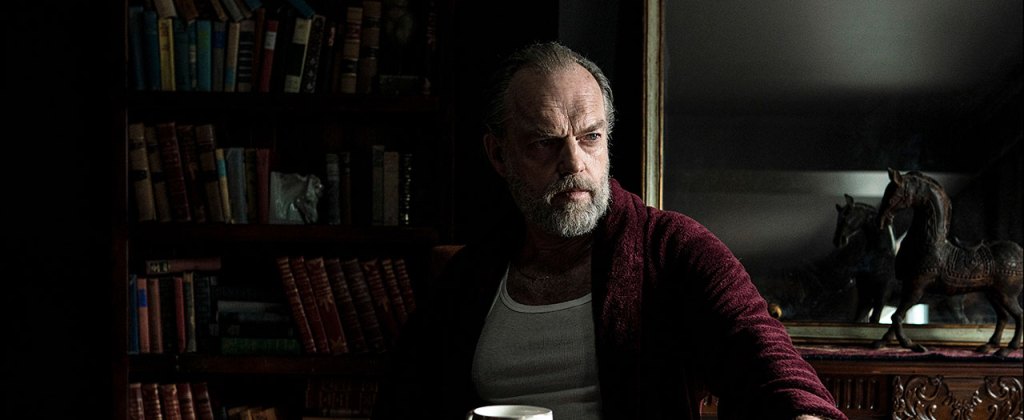The Broken Hearts Gallery
by George Wolf
I have no problem at all with scary movies, I love them. But I gotta be honest, I can’t think of many things more frightening than the prospect of dating in today’s social climate.
So kudos to writer/director Natalie Krinsky for squeezing so much feel-goodiness out of the dating tribulations of twenty-something New Yorkers in The Broken Hearts Gallery.
Lucy (Geraldine Viswanathan), a gallery assistant, is smarting from a painful breakup. Her roommate besties Amanda (Molly Gordon from Booksmart, Good Boys, Life of the Party) and Nadine (Hamilton‘s Phillipa Soo) are helping her cope.
First lesson in letting go: get rid of all that junk you’ve saved as souvenirs from past relationships!
But a chance meeting with Nick (Dacre Montgomery from Stranger Things), a budding hotel owner, spawns an idea. If Lucy will help get the hotel ready for opening day, Nick will give her space to open a gallery showcasing trinkets donated by lovers left behind.
Krinsky, a TV vet helming her first feature, leans on plenty of familiar rom-com tropes, but gives them all just the right amount of unabashed enthusiasm to feel more comfortable than cheesy.
The dance montages are numerous, the dialog less like real conversations and more like people waiting for their next turn to quip, and the ladies’ Big Apple cynicism as biting as a sugar-coated fantasy.
But Viswanathan (Blockers, Bad Education) is bursting with bubbly charm, Montgomery brings a welcome, dialed-down authenticity, and Krinsky is able to mine some contemporary laughs from recycled ideas (the actual Museum of Broken Relationships, When Harry Met Sally-styled interviews with the trinket owners).
The Broken Hearts Gallery is often as awkward and messy as it is breezy and spirited. You know where it’s going and it goes there, pushed buttons blazing.
And for 108 minutes, dating in this world seems like it isn’t that scary at all, and could maybe even be fun. Maybe.












